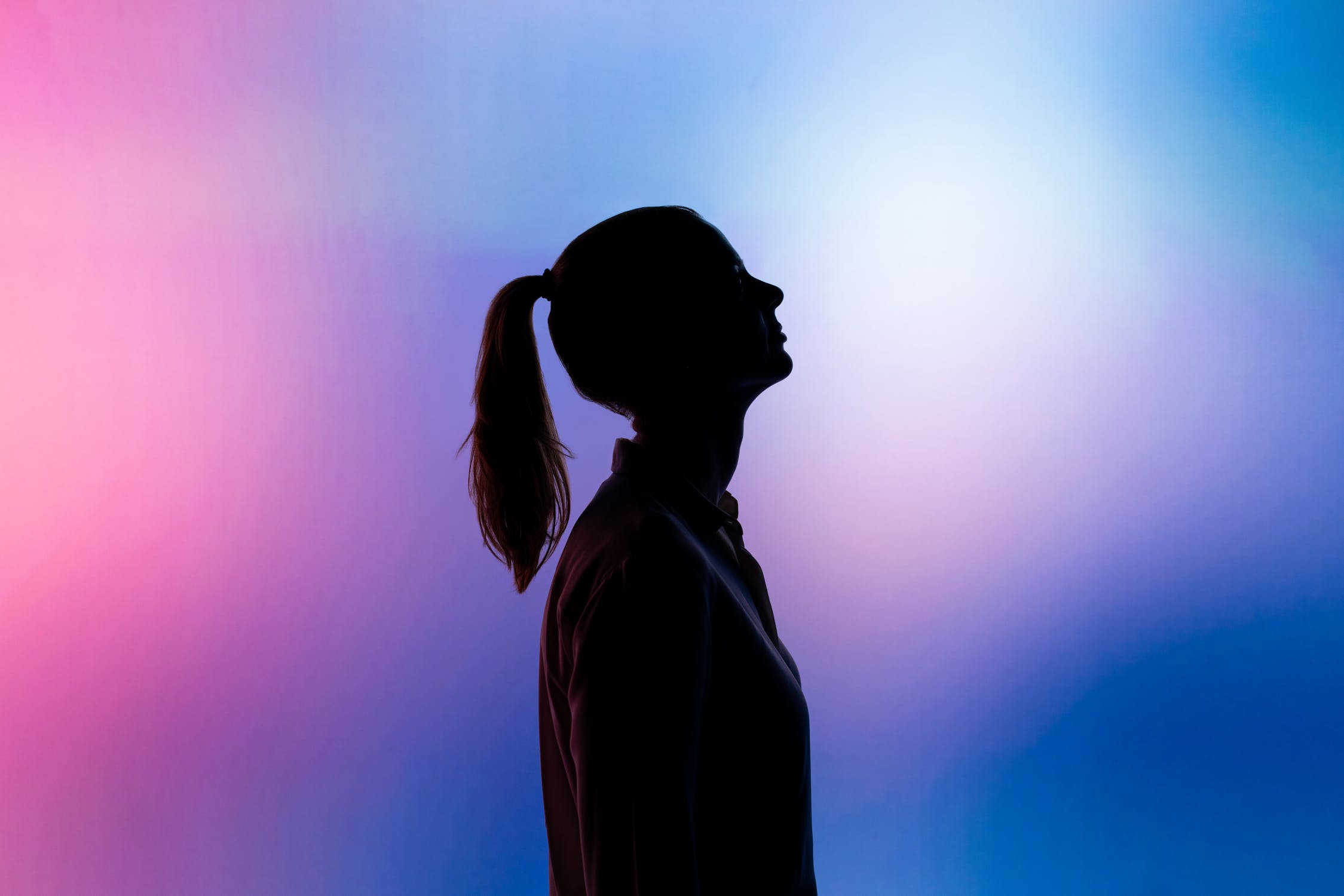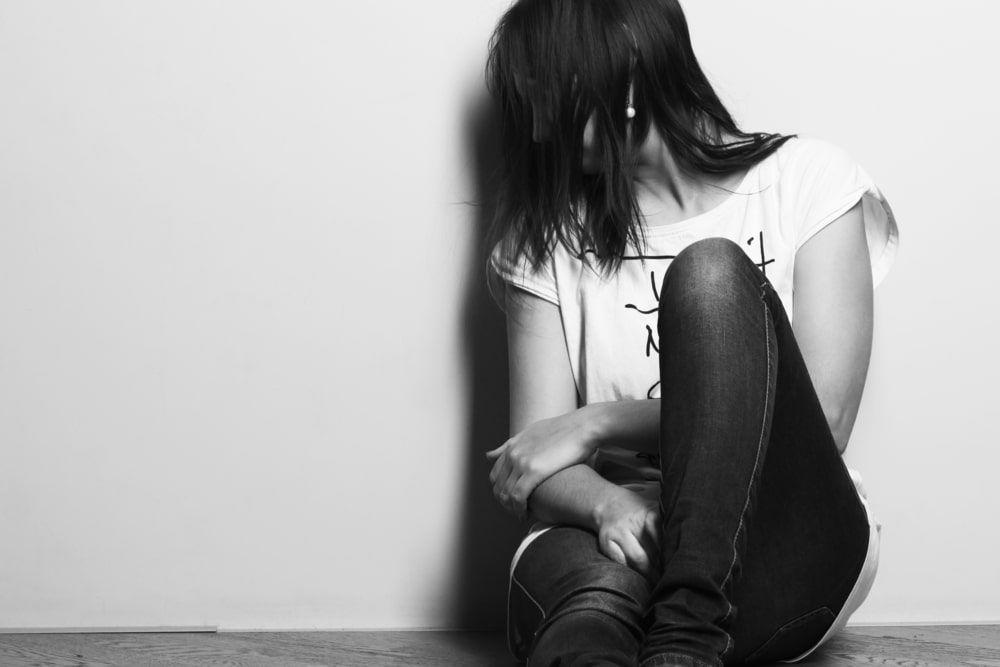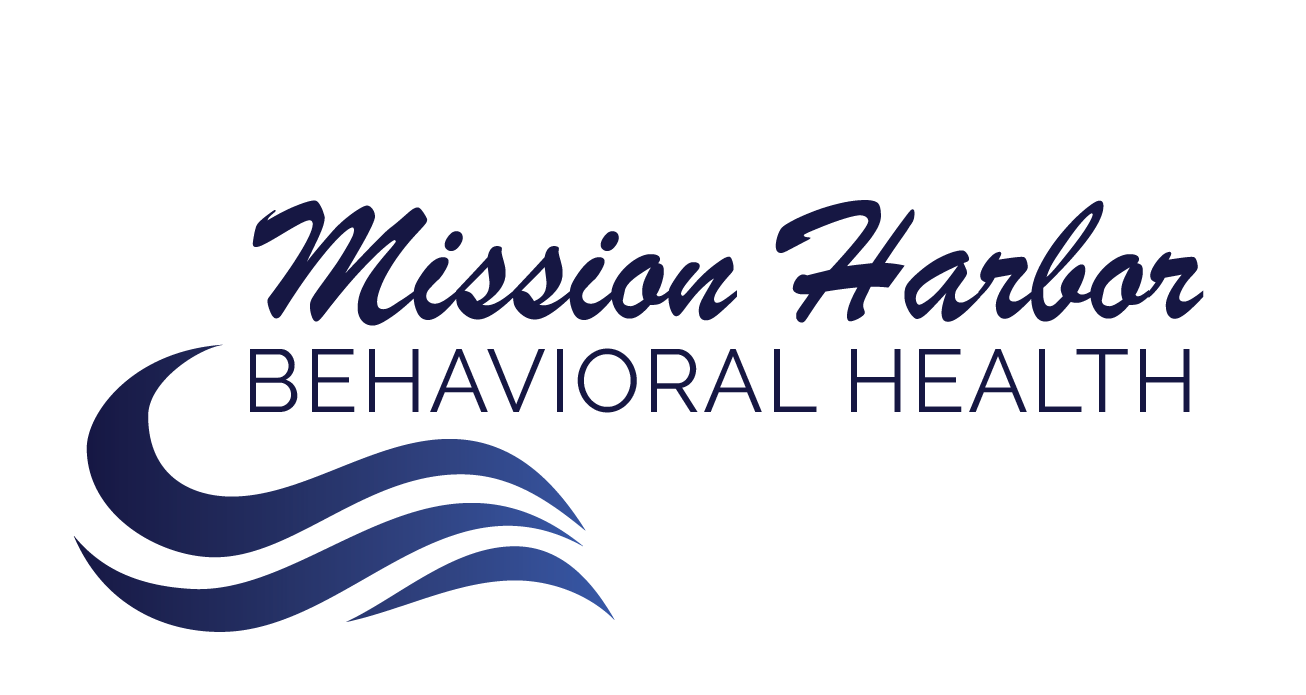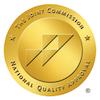
Mood swings are a natural part of life, but when your highs and lows start to affect your ability to function, there may be something deeper at play. Bipolar disorder is a type of mental health condition that affects a person’s ability to regulate their moods; they move from periods of feeling extremely low and depressed to feeling care-free, over-energized and possibly even tense or irate. The changes in mood from bipolar disorder can leave someone feeling exhausted, confused and finding unhealthy ways to cope.
Over 5.7 million Americans over the age of 18 experience bipolar disorder every year. Although it is incredibly disruptive and difficult to manage on your own, it is highly treatable with the right mental health program.
What is bipolar disorder?
There are four distinct types of bipolar disorder:
Understanding how each of these conditions differs can help you recognize your own possible symptoms. As with all forms of mental illness, everyone’s experience is equally unique and valid, but there are some common signs professionals look out for when making a diagnosis and designing treatment plans.
Bipolar I
Bipolar I is the most commonly diagnosed type of bipolar disorder. Also called manic-depression, it affects 2.6 percent of the entire U.S. population. The depressive and manic episodes are cyclic in nature, meaning they last for a certain period of time and follow one another.
A depressive episode for a person with bipolar I can cause feelings of hopelessness, shame, guilt, unexplainable sadness and even thoughts of suicide of self-harm. Depression episodes usually last around two weeks and will seem to disappear without any justifiable change or cause.
Following depression is mania. Some people feel extremely agitated and irate when they are manic while others feel like they’re on top of the world. During a manic episode, which typically lasts around a week, people with bipolar I often experience a reduced need for sleep, racing thoughts, tons of ideas, difficulty concentrating, a tendency to behave recklessly and an increase in pleasure-seeking behaviors like substance abuse and sex.
Some people with bipolar I might experience symptoms of depression and mania at the same time. The two extremes of the condition can require many people to require hospitalization for bipolar disorder treatment.

Bipolar II
The difference between bipolar I and II is the severity and duration of the manic-depressive episodes. People with bipolar II might experience the same intensity of depression as someone with bipolar I, but their mania is usually more subdued. This less-intense form of mania is known as hypomania.
Hypomania might not be as dangerous or disruptive as bipolar I mania; in fact, it is typically more likely to be pleasurable. It’s not uncommon for people to not recognize their own hypomania because it simply feels like the absence of their depression.
Cyclothymia
Cyclothymia is a sub-type of bipolar disorder that is less severe and occurs more quickly. The depressive and manic episodes for someone with a cyclothymic disorder may worsen over time, but they do not reach the same level of severity as someone with bipolar I or II. In order to be diagnosed with cyclothymia, you must experience an elevated mood multiple times throughout the last two years and several periods of depression. Children and teens only need to experience one depressive episode under the current diagnostic criteria.
Cyclothymia can be harder to diagnose than bipolar I or II because its symptoms are not as severe, but it may be early experiences with cyclothymia symptoms that indicate a person is developing a bipolar disorder.
Bipolar Disorder Other or Unspecified Type
If someone does not meet the medical criteria for bipolar I, II or cyclothymia, but they still experience a combination of mania, hypomania and depression symptoms, they can be diagnosed with an “unspecified” or “other type” bipolar disorder. Knowing the exact type of bipolar disorder someone is experiencing will drastically influence the type of treatment they receive, including what type of bipolar disorder medication might be effective.
Do I have bipolar disorder?
The average onset age for bipolar disorder for both males and females is 20. It is common for many adolescents and young adults to first experience a manic episode before their first depressive episode; developing bipolar disorder when you are still in high school or college can be so disruptive that you consider dropping out of school. You may notice your grades suddenly drop or find it hard to focus on anything like you used to.
Some people suffer from bipolar disorder for years before they realize they have a problem. It is vital that you receive a diagnosis from a licensed professional. Thinking you have a condition you don’t can cause you to take steps that are not appropriate and may even be dangerous, like self-medicating with prescription drugs.
However, researching bipolar disorder can help make the process of getting diagnosed a bit less intimidating. When asking, “Do I have bipolar disorder?”, it can be helpful to look at the most common symptoms and frame them as questions. Here are a few you can consider:
It’s important to remember that many of these symptoms can occur normally, too. The difference between bipolar disorder and normal mood swings are the severity, duration and pattern. If the same changes continually occur and have an impact on your everyday life, it’s best to seek professional help.

Bipolar Disorder and Addiction
Many people with bipolar disorder also suffer from a substance use disorder. The alcohol and drugs they might take to cope with their depression or be drawn to during a manic episode can quickly become dominant parts of their lives.
Addiction and bipolar disorder are an especially dangerous combination as substances only further imbalance in a person’s brain chemistry. Failure to treat bipolar disorder but not addiction, and vice versa, can lead to relapse and worsen a person’s symptoms over time.
Professional, dual diagnosis treatment is essential when treating bipolar disorder and co-occurring substance abuse.
Bipolar Disorder Treatment
Bipolar disorder is often managed using a combination of psychotherapeutic techniques and medication. Bipolar disorder medication is often a part of a patient’s life-long treatment plan to prevent recurrent episodes. Doctors prescribe mood-stabilizers rather than antidepressants as antidepressant medications can actually worsen the symptoms of mania.
Treatment for bipolar disorder depends on the type of bipolar you have and the severity of your symptoms. We utilize a variety of mental health therapies to provide personalized care to every individual who comes to us for help. Some of the most effective forms of treatment for bipolar disorder include cognitive behavior therapy (CBT) and support groups.
Mission Harbor offers dual diagnosis treatment to help you manage your bipolar disorder and any co-occurring mental illnesses including major depression, anxiety, and substance abuse.
The facilities at Mission Harbor are staffed with trained experts to best assist patients with their mental health issues. We are capable of dealing with any and all cases with a licensed staff, equipment, and approved techniques. Our mission is to help those who want to help themselves, and we support your decision in seeking help.
Get Help Now
Alcohol addiction is extremely difficult to overcome on your own.. Seek specialized help and let professionals guide you in your recovery.

